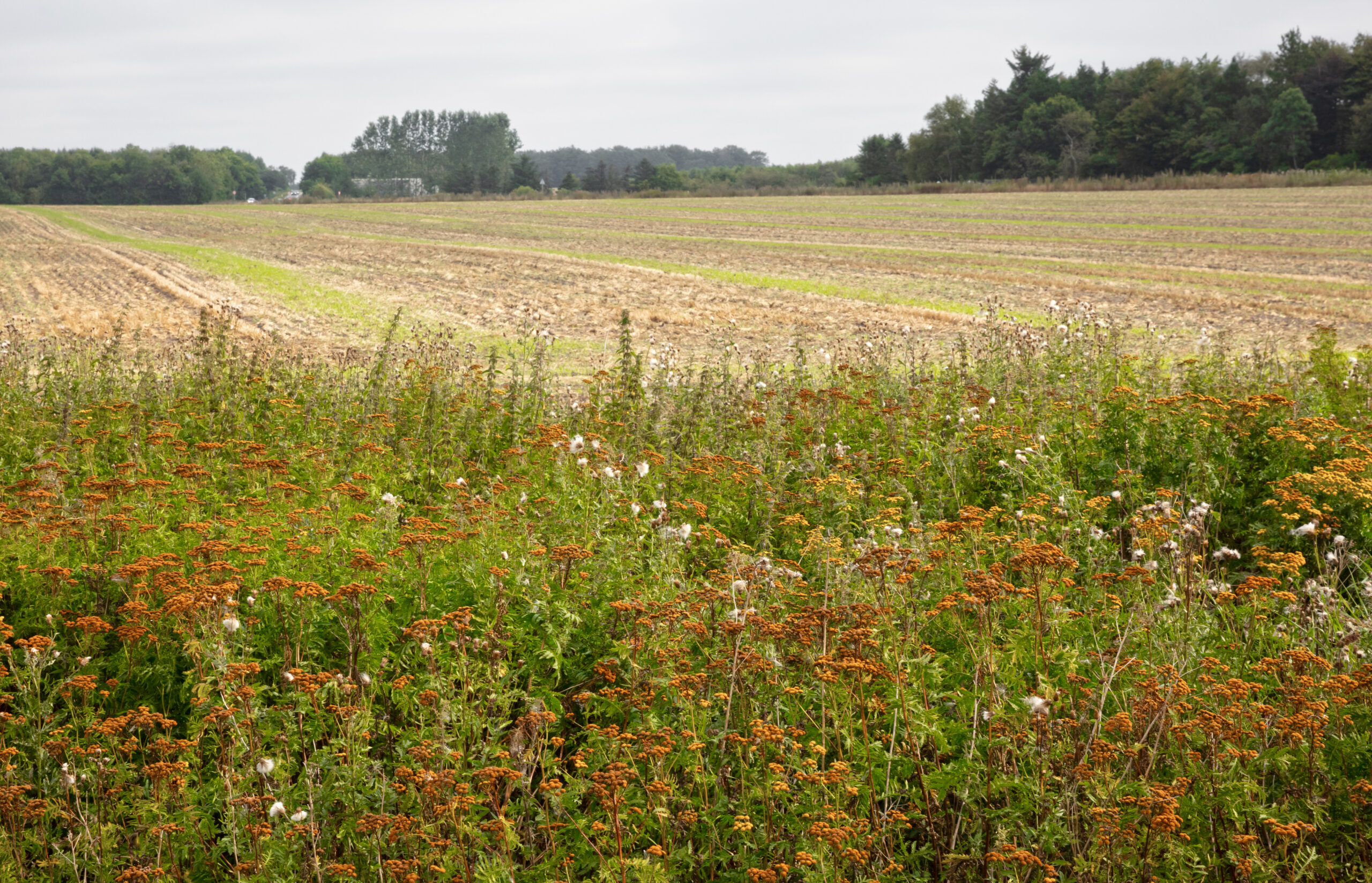Biopesticide Reform Proposal
Emerald Research launches campaign to modernise regulation of biopesticides
Writing in this week’s Farmers Weekly, Emerald Research Board Adviser George Eustice has set out the case for the modernisation of the regulatory regime governing biopesticides to enable new, low impact biological products to make it to market faster and to support the transition away from synthetic chemical pesticides.
George Eustice said:
“UK policy on microbials and pheromones is governed by legacy EU laws, which make little sense. Biopesticides are regulated as active ingredients in very much the same way as synthetic chemical pesticides, even though they often use compounds that are well understood and abundant in the natural environment. In most cases, the environment has evolved over millions of years to accommodate them.
“As soon as a biological product makes a plant protection claim, it is forced through the same regulatory regime as synthetic chemicals. In reality, the boundaries between good nutrition, a healthy soil biome and plant health overlap with crop protection objectives. It is ridiculous to regulate biopesticides in the same way as synthetic chemical products.”
George Eustice set out a package of proposals that would enable the regulatory regime to be modernised and brought into line with the reformed approach to regulating precision breeding techniques such as gene editing and also borrowing elements used in the regulation of traditional herbal medicines.
George Eustice wrote:
“It has long been established that traditional herbal medicines should be regulated very differently to pharmaceutical drugs because they are naturally occurring compounds that have often been used for decades in traditional medicine for certain conditions. There is a proportionate registration scheme for such products. In addition, through the Genetic Technology Act, Defra established a registration scheme for precision-bred organisms that replaced outdated EU processes and is probably the closest template to adopt for a reformed approach to biopesticide regulation”
George Eustice set out the outline for a new, modernised framework that would include a three-stage assessment process:
1. A company seeking to bring a biopesticide product to market would submit an application to the Health and Safety Executive for a marketing authorisation under a new Biopesticide Marketing Authorisation scheme.
2. If the product was derived from naturally occurring compounds, they would be judged eligible for the registration scheme. The process could be supported by the establishment of a “green list” of commonly used natural compounds in agriculture.
3. Following assessment for eligibility for the scheme, both the FSA and the Advisory Committee of Releases to the Environment (ACRE) could carry out risk assessments on health and the environment respectively. They could be asked to triage products into a light touch ‘tier 1’ assessment or a more detailed ‘tier 2’ assessment just as happens now with precision breeding techniques such as gene editing.
The need for change
UK policy on microbials and pheromones is governed by legacy EU laws that make little sense and are out of step with other industries such as the nutraceutical market.
For example, traditional herbal medicines are regulated very differently to pharmaceutical drugs because they are naturally occurring compounds that have often been used for decades in traditional medicine for certain conditions and as such there is a proportionate registration scheme for such products.
Why biopesticides are different to synthetic chemistry
Biopesticides are regulated as active ingredients in very much the same way as synthetic chemical pesticides, even though they often use compounds that are well-understood and abundant in the natural environment, such as seaweed, shrimp shells, natural humic/ fulvic acids along with amino acids derived from plant sources. In most cases, the environment has evolved over millions of years to accommodate them.
As soon as a biological product makes a plant protection claim, it is forced through the same regulatory regime as synthetic chemicals. In reality, the boundaries between good nutrition, a healthy soil biome and plant health overlap with crop protection objectives. It is ridiculous to regulate biopesticides in the same way as synthetic chemical products.
Designing a proportionate registration regime for biopesticides
We set out the outline for a new, modernised framework which would include a three-stage assessment process consisting of:
1) A Biopesticide Marketing Authorisation scheme
2) The establishment of a “green list” of commonly used natural compounds in agriculture
3) Following assessments for eligbility, products could be triaged into a light touch ‘tier 1’ assessment or a more detailed ‘tier 2’ assessment just as happens now with precision breeding techniques such as gene editing.
The benefits of biopesticides
1) Removing synthetic chemical products from the food chain
2) Reduced environmental pollution
3) Increased sustainability
4) Improved crop resilience
5) Grow the UK bio-chemical market
6) Reduced carbon emissions
7) Improved soil health
8) Reduction in toxic residues in food and soil
9) Improved biodiversity and natural pest predators
In addition, reform of the biopesticide regulations would allow the UK to lead and take advantage of market opportunities that come from a growing sector.




